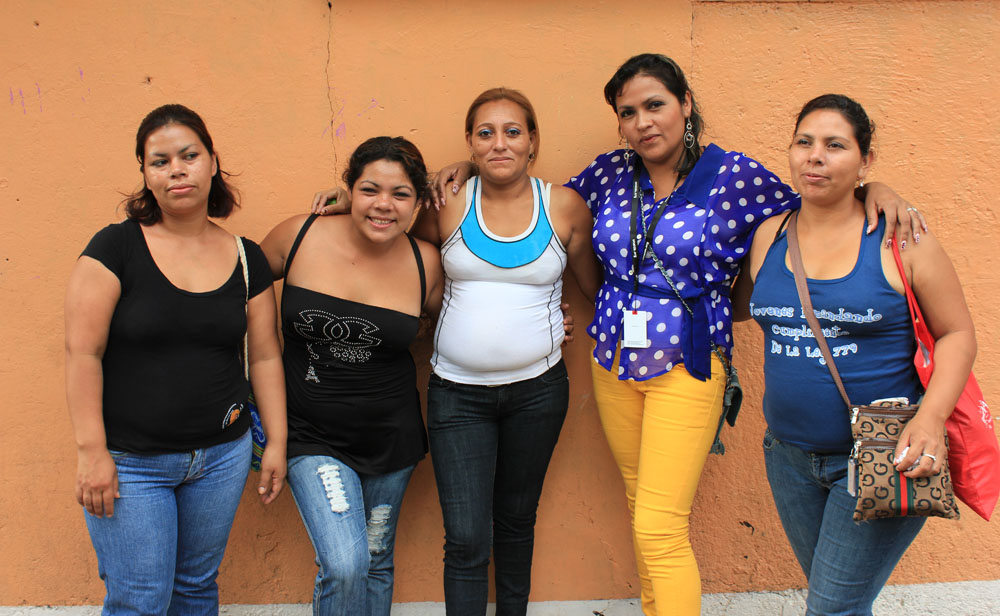
WEIGHT: 50 kg
Breast: A
One HOUR:80$
Overnight: +80$
Services: Cross Dressing, Games, Fetish, 'A' Levels, Naturism/Nudism
Contact Admin. This book helps you take advantage of the opportunities Nicaragua has to offer. It gives investment ideas, advise for starting a business, tips for buying property, tax savings for foreign residents and much more. Nicaragua is the largest country in Central America and occupies about the same amount of land as England. It is located in the heart of the Central American isthmus between the Caribbean Sea on the east and on the west by the Pacific Ocean.
Nicaragua is bordered by Honduras to the north Costa Rica to the south. With 54, square miles, Nicaragua is divided into three very distinct geographical regions: Scientists think the lake was originally connected to the sea and was cut off by an earthquake or changes in the land formation. There are several smaller volcanic lakes near or right inside the city limits of Managua.

Laguna Masaya and La Laguna de Apoyo are interesting lakes which lie in volcanic basins. The Pacific lowlands are always extremely hot. The Pacific dry season or summer becomes very dusty, especially when the wind begins to below in February.
The mountainous region in the north is much cooler than the lowlands. Nicaragua can be called the land of eternal summer in that there is not much difference in temperature from month to month and from season to season. In general, average temperatures range between 80 to 90 degrees F during the dry season and between 85 to 95 degrees F in the rainy season. The lowest average temperature is 77 degrees F and the highest is degrees F. Managua and Pacific part of Nicaragua are usually far less rainy than most of Central America.

Deciding where to live in Nicaragua depends on your preferences. Living in a foreign country represents a big change for many people because they often find themselves with more free time than usual and sometimes get bored.


































